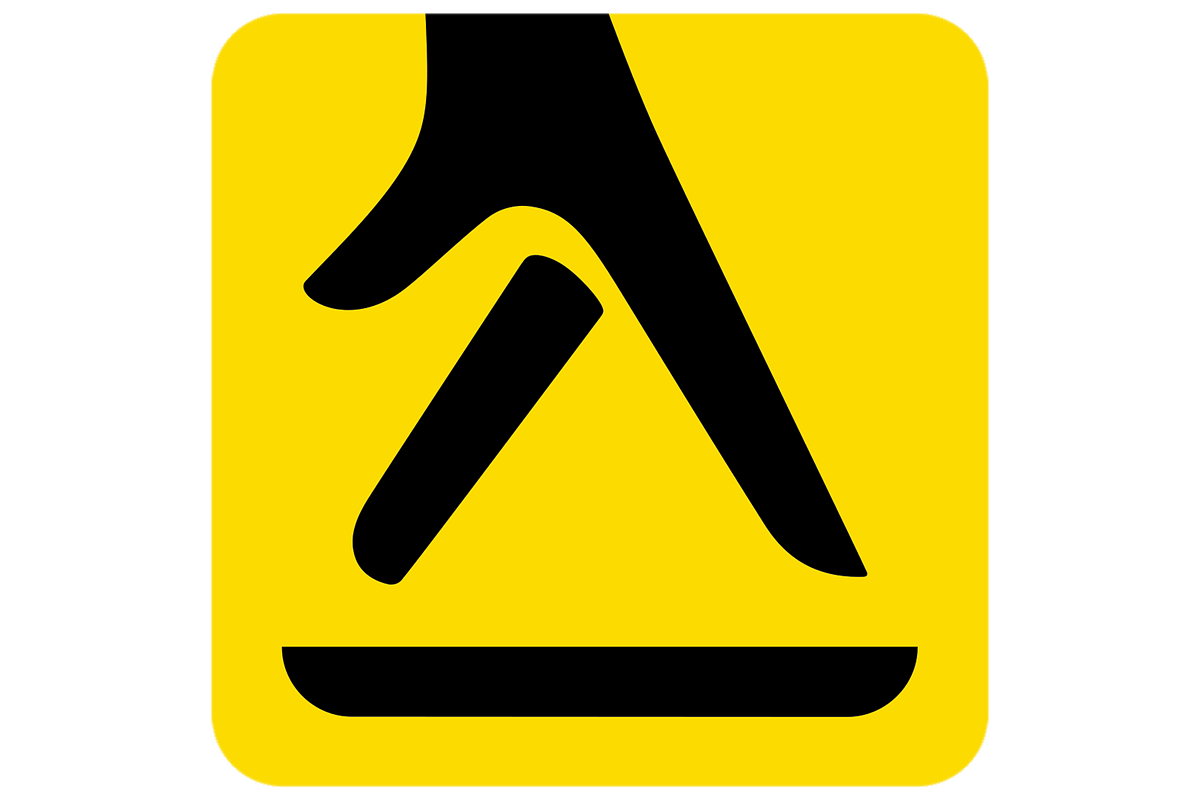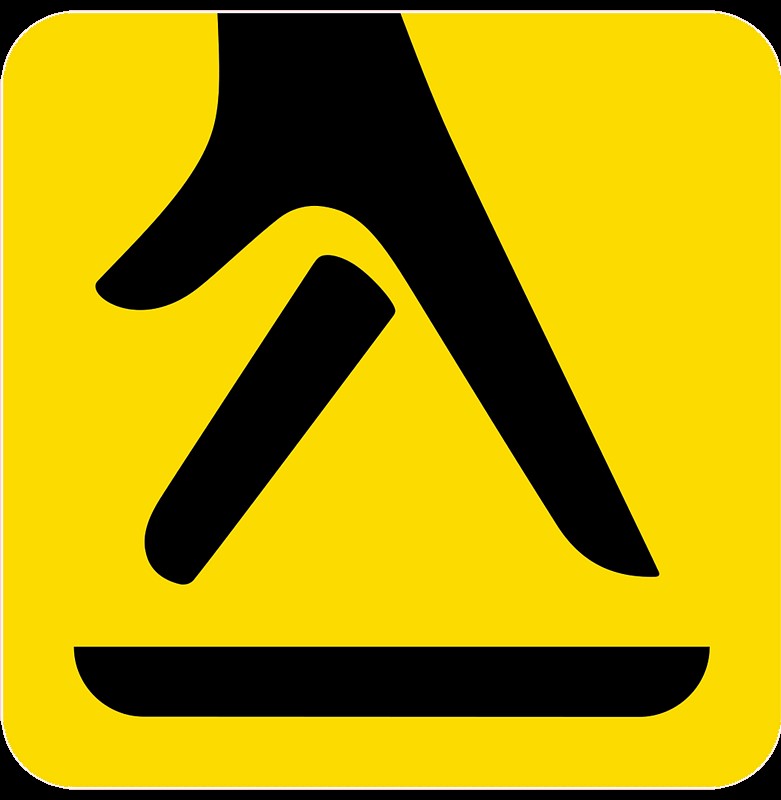Welcome to the informative blog by Rotasure, where we explore the fascinating science behind chimney sweeping. In this article, we will delve into the formation and dangers of creosote, a common byproduct of burning wood in fireplaces. Understanding the different types of creosote, their impact on chimney safety, and how proper cleaning can mitigate risks is crucial for homeowners with fireplaces. So, let’s get started!
What is Creosote?
Creosote is a black, tar-like substance that forms as a result of incomplete combustion of wood. It is composed of various chemicals, including carbon, hydrogen, and oxygen. When wood is burned, volatile gases and tiny particles are released into the chimney. As these gases cool down, they condense and stick to the inner walls of the chimney, forming creosote.
Types of Creosote
There are three main types of creosote:
- Stage 1 Creosote: This is a relatively light and flaky deposit that can be easily removed. It resembles a fine layer of soot and is usually dark brown or black in colour.
- Stage 2 Creosote: As creosote accumulates over time, it becomes thicker and harder. Stage 2 creosote is characterised by a shiny, tar-like appearance. It is more difficult to remove and poses a higher risk of chimney fires.
- Stage 3 Creosote: This is the most dangerous and highly combustible form of creosote. It is a thick, hardened layer that can block the chimney completely. Stage 3 creosote requires professional intervention to ensure the safety of your chimney and home.
The Dangers of Creosote Buildup
Creosote buildup in your chimney poses several dangers:
- Chimney Fires: Creosote is highly flammable, and if ignited, it can lead to a chimney fire. These fires can be extremely dangerous, causing extensive damage to your chimney and potentially spreading to other parts of your home.
- Poor Ventilation: As creosote accumulates, it narrows the flue, reducing the airflow and ventilation. This can lead to inefficient burning, increased smoke, and the release of harmful gases like carbon monoxide into your home.
- Structural Damage: The acidic nature of creosote can corrode the lining of your chimney, leading to structural damage over time. This can compromise the integrity of your chimney and pose a safety risk.
The Importance of Regular Chimney Sweeping
To mitigate the risks associated with creosote buildup, regular chimney sweeping is essential. Here’s why:
- Preventing Chimney Fires: By removing creosote deposits, chimney sweeping significantly reduces the risk of chimney fires. A professional chimney sweep will thoroughly clean the chimney, ensuring that all stages of creosote are removed.
- Ensuring Proper Ventilation: Regular cleaning helps maintain proper airflow and ventilation in your chimney. This allows for efficient burning, reduces smoke, and prevents the release of harmful gases into your home.
- Preserving Chimney Integrity: By removing creosote, chimney sweeping helps prevent structural damage to your chimney. This extends the lifespan of your chimney and ensures its safe operation for years to come.
Conclusion
Understanding the science behind chimney sweeping and the dangers of creosote buildup is crucial for homeowners with fireplaces. By recognising the different types of creosote and the risks they pose, you can take the necessary steps to protect your chimney and home. Regular chimney sweeping by professionals like Rotasure is the key to maintaining a safe and efficient fireplace. Don’t wait until it’s too late – schedule your chimney sweep in Stockport today and enjoy the warmth and comfort of your fireplace with peace of mind.
Remember, when it comes to chimney safety, Rotasure has got you covered!


